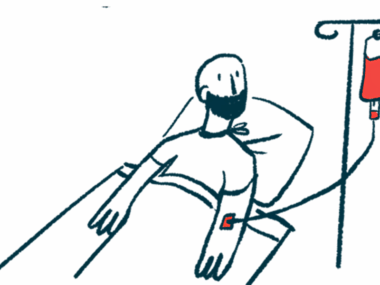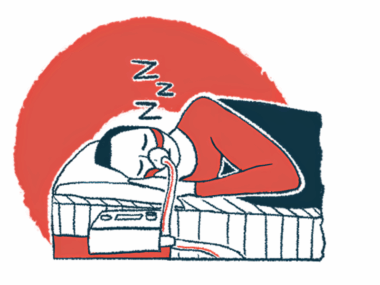Soliris Outperforms Rituximab at Controlling MG Symptoms: Study
Written by |

Soliris (eculizumab) is better than rituximab at controlling myasthenia gravis (MG) symptoms over a two-year period, according to a new analysis.
Results were detailed in the study, “Eculizumab versus rituximab in generalised myasthenia gravis,” published in the Journal of Neurology, Neurosurgery and Psychiatry.
Soliris is widely approved to treat adults with generalized MG who are positive for antibodies against the acetylcholine receptor, the most common type of MG-causing antibody. It works by blocking the complement cascade, a part of the immune system thought to play a role in the disease.
A team of scientists in Germany reviewed data from six university hospitals to compare the effects of Soliris to those of rituximab, a potent immune-suppressing therapy that works by killing antibody-producing immune B-cells.
Rituximab is not approved to treat MG, but it may be used off-label for patients who fail to respond to standard treatments — the same refractory population that Soliris is typically used in.
“Given its novelty and high cost, [Soliris] remains reserved for cases with severe disease in current guidelines and direct comparisons to other therapies are lacking,” the researchers wrote.
The team analyzed data from 77 patients, including 57 who were treated with rituximab and 20 with Soliris. Most were female and had early-onset disease.
Disease severity, as measured by the quantitative myasthenia gravis (QMG) score, was generally high before treatment — 10.7 in the rituximab group and 13.25 in the Soliris group.
QMG scores significantly dropped in patients treated for one year with Soliris compared with those given rituximab (8.4 vs. 11.2). A similar difference was seen after two years of treatment (9.6 vs. 11.2).
Researchers concluded that Soliris “was more effective at ameliorating disease severity than rituximab as measured by QMG score after 12 and 24 months of treatment.”
Similarly, the proportion of patients with minimal disease manifestations — those experiencing no functional limitations posed by MG and requiring no rescue treatment in the previous six months — was significantly higher among those treated with Soliris than among those given rituximab after one year (36.8% vs. 10.7%) and two years (36.8% vs. 12.9%).
Over the study’s two years, 15.8% of the rituximab group and 10% of the Soliris group had a myasthenic crisis — a medical emergency where muscle weakness caused by MG affects respiratory muscles, making it difficult to breathe. No difference in crisis risk or time to crisis between the two groups was reported.
“With 10% and 16% of patients experiencing a [myasthenic crisis] during the 24 months observation period, the risk for [myasthenic crisis] remained high, underlining the need for intensified care and monitoring for patients with MG during a refractory course of disease,” the researchers wrote.
Both treatments were associated with a decreased use of the immune-suppressing steroid prednisone, but there was no difference in prednisone usage between the groups.
Researchers said the study is limited by its retrospective nature.
“A randomized, prospective trial comparing rituximab and [Soliris] in the setting of severe, generalized MG is required to establish the most effective treatment strategy for this disease course,” they wrote.
Soliris is sold by Alexion Pharmaceuticals, which was not directly involved in this study, though several authors disclosed receiving support and honoraria from the company.







Leave a comment
Fill in the required fields to post. Your email address will not be published.